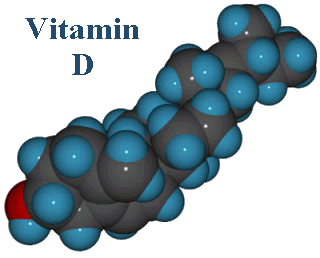 Bacterial vaginosis (BV) is a common vaginal infection. Having BV during pregnancy raises the risk for preterm labor and birth, miscarriage, preterm premature rupture of the amniotic membranes, and uterine infection after delivery.
Bacterial vaginosis (BV) is a common vaginal infection. Having BV during pregnancy raises the risk for preterm labor and birth, miscarriage, preterm premature rupture of the amniotic membranes, and uterine infection after delivery.
Researchers at the University of Pittsburgh School of Medicine, in Pennsylvania examined the association between maternal vitamin D levels and the prevalence of BV in early pregnancy.
First, the details.
- 469 women who were pregnant for less than 16 weeks had a pelvic examination and provided a blood sample for determination of 25-hydroxyvitamin D [25(OH)D] level.
- BV was diagnosed using Gram-stained vaginal smears interpreted using the method of Nugent, which detects changes from normal bacteria.
And, the results.
- Approximately 41% of women had BV,
- 52% had a vitamin D blood levels less than 37.5 nmol/L.
- Optimal blood levels are between 20 to 60 mg/dL.
- The average vitamin D blood level was significantly lower among women with BV (29.5 nmol/L) vs. women with normal vaginal flora (40.1 nmol/L).
- BV prevalence decreased significantly as vitamin D status improved.
- Approximately 57% of women with vitamin D levels less than 20 nmol/L had BV vs. 23% of women with vitamin D levels greater than 80 nmol/L.
- The prevalence of BV declined as vitamin D levels increased to 80 nmol/L, then leveled off.
The bottom line?
The authors concluded, “Vitamin D deficiency is associated with BV.”
This is the first study to show an association. But it doesn’t prove a cause and effect relationship between low vitamin D levels and an increased risk of BV. More research will be needed to do that.
However, it adds to the growing list of studies that show a high prevalence of vitamin D deficiency and its adverse health effects.
Click here to read more about recent research on vitamin D.
4/30/09 18:15 JR